
Lot 117
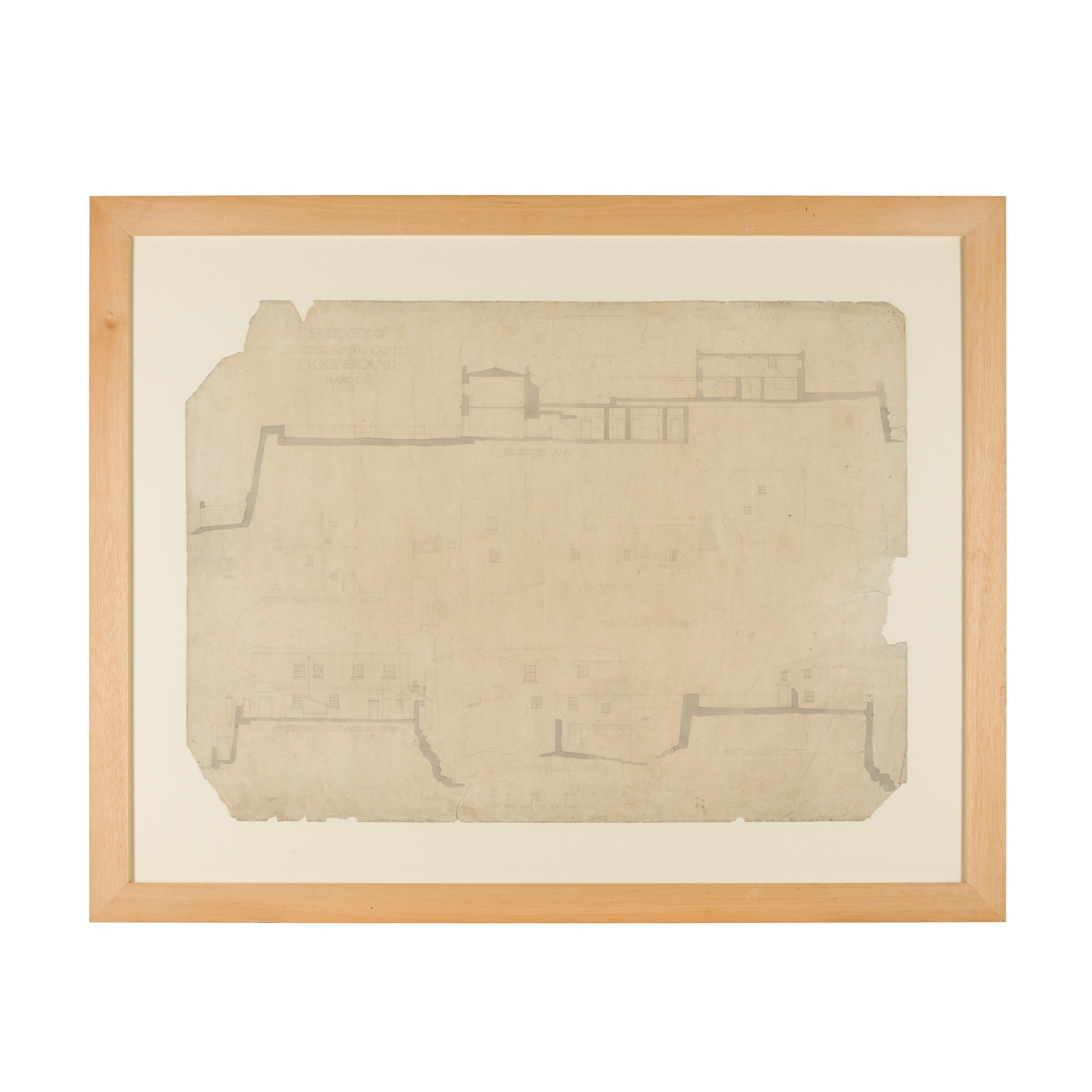
SIR EDWIN LUTYENS (1869-1944)
SURVEY OF LINDISFARNE CASTLE, HOLY ISLAND MARCH 1902
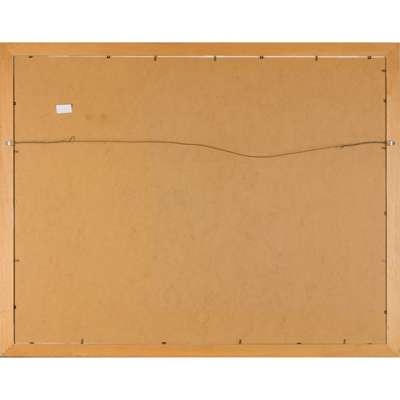
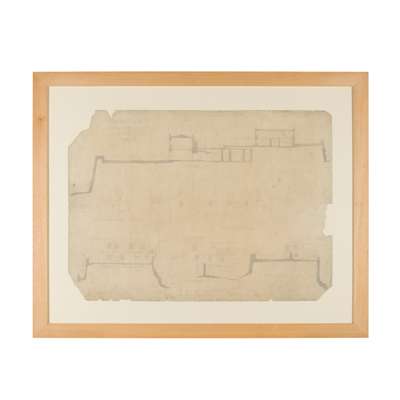


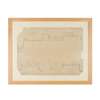
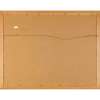
Auction: Day One: 20 April 2022 | From 11:00
Description
pencil and wash, inscribed SURVEY OF LINDISFARNE CASTLE, HOLY ISLAND MARCH 1902, later framed
Dimensions
56cm x 78cm
Footnote
Note: Located on Holy Island, near Berwick-Upon Tweed, Lindisfarne Castle was initially built as a fort in 1550, using materials from the island’s priory which was abandoned in 1537. Over the next three hundred years, the fort was transformed into a military station, occupied by soldiers who kept watch over the harbour for any potential attacks. In 1901, on a trip to Northumberland to explore the area, the remains of the fort were discovered by publishing magnate Edward Hudson, owner of Country Life Magazine. He tasked his friend and architect Edwin Lutyens to redesign and refurbish the Castle into an elegant holiday home in the Arts & Crafts style. The work was completed in 1912 and ranged from external work, such as the beautifully cobbled ramp, to major structural interior work: vaulted ceilings, arches, the use of different levels linked by steps and carefully installed fireplaces and cupboards. Throughout the Castle, Lutyens used a variety of materials, including brick, stone, slate and wood to create simple forms and rustic textures that drew upon the castle’s origins, whilst remaining a warm and homely environment for Hudson. In 1911, Lutyens instructed Gertrude Jekyll to design the walled garden, located on the site of a vegetable plot which provided food to soldiers living in the fort some time ago. The present two lots are an initial survey of the castle in 1902 before plans were drawn up for its renovation.





